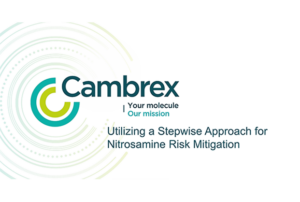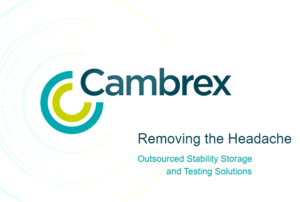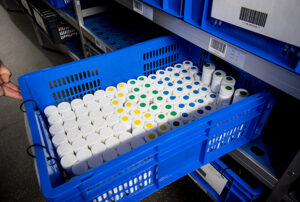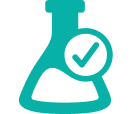Elemental Impurities
Detecting elemental impurities — typically trace, heavy metal impurities — has challenged the pharmaceutical industry for decades. Regulatory changes in 2018 to harmonize requirements outlined in USP <232> and <233> with ICH Q3D guidelines further complicated control strategies. Determining how to evaluate the risks associated with aqueous solutions, chemical excipients, and container-closure systems can tax an analytical testing operation without deep expertise in elemental impurities testing.
When you partner with Cambrex, your analytical testing challenges become our priority. Our scientists have a proven track record of elemental impurities testing. With extensive experience in heavy metals testing and advanced analytical and sample preparation techniques, we are highly qualified to help you develop a risk-assessment strategy for elemental impurities. From documentation, analytical screening and development/validation of a material-specific method, we work with you to achieve compliance. Our ICP-MS instrumentation housed in our material characterization labs is available to analyze challenging sample matrices, such as plastics, lubricants and complex APIs.
Our Approach
In general, we have two approaches to generating elemental impurity data to support risk assessment activities:
 Elemental Impurity Risk Assessment Method
Elemental Impurity Risk Assessment Method
Validation activities, including a method developed by Cambrex to analyze all listed ICH Q3D elements using the parenteral limits, would be performed on each novel material to support the elemental impurity risk assessment as part of the filing.
 Development & Validation of a Material-Specific Method
Development & Validation of a Material-Specific Method
Methods may be developed utilizing specific elements and limits when requested. Validation studies will be evaluated per USP <233> using either a Quantitative Method or Limits Method.








